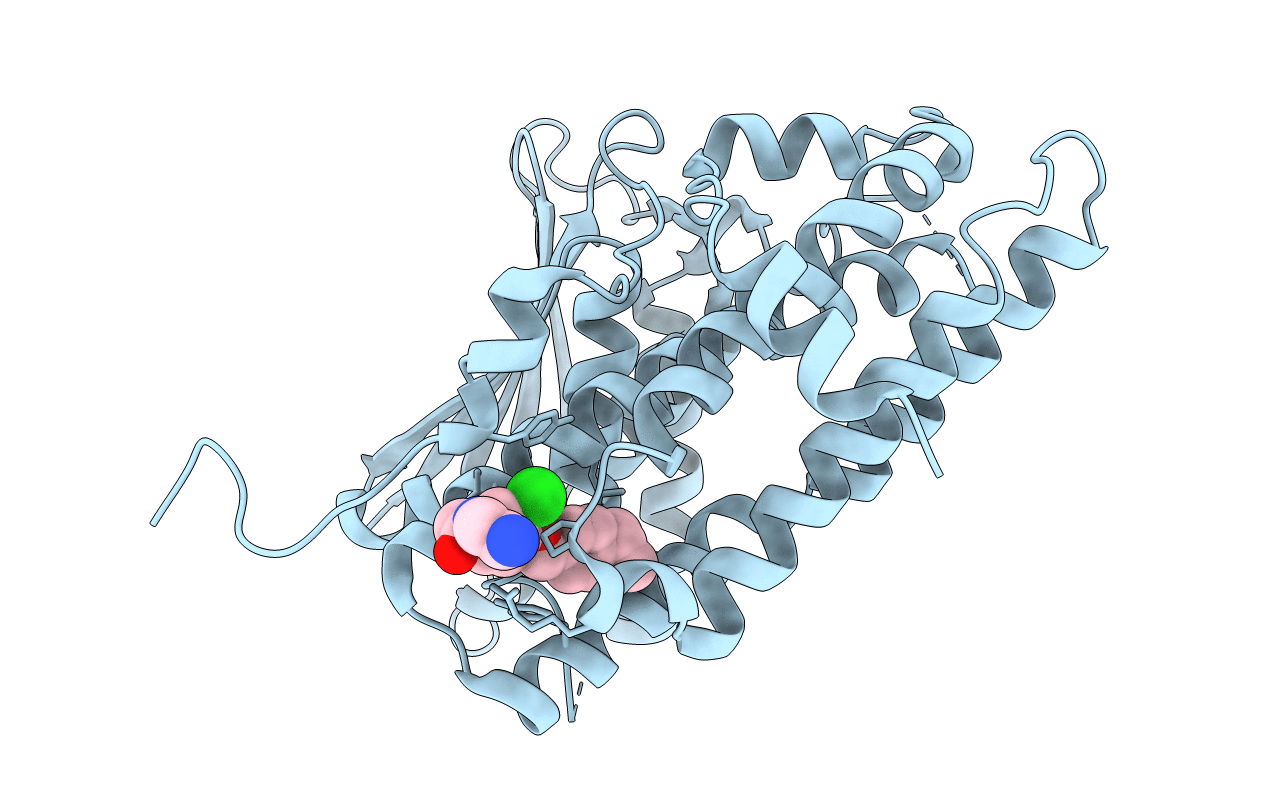
Deposition Date
2005-06-08
Release Date
2006-02-02
Last Version Date
2023-12-13
Entry Detail
PDB ID:
2BU7
Keywords:
Title:
crystal structures of human pyruvate dehydrogenase kinase 2 containing physiological and synthetic ligands
Biological Source:
Source Organism:
HOMO SAPIENS (Taxon ID: 9606)
Host Organism:
Method Details:
Experimental Method:
Resolution:
2.40 Å
R-Value Free:
0.24
R-Value Work:
0.21
Space Group:
P 64


